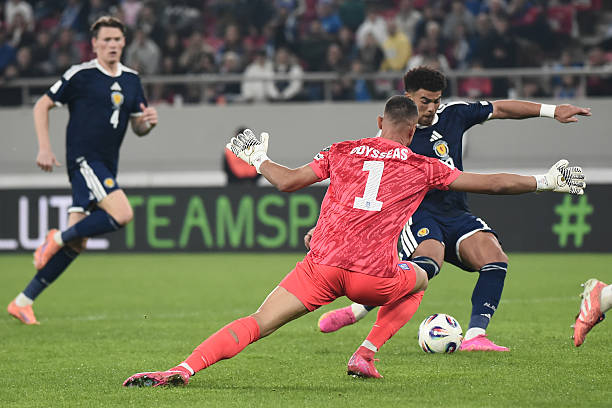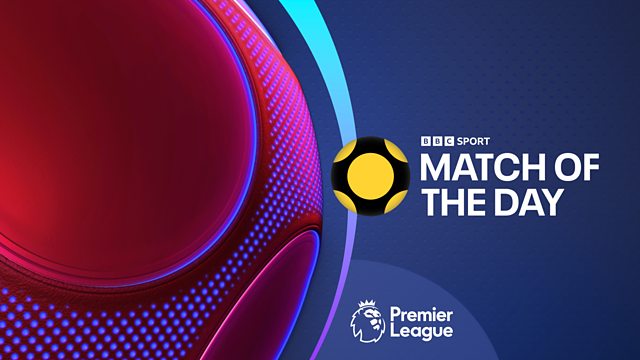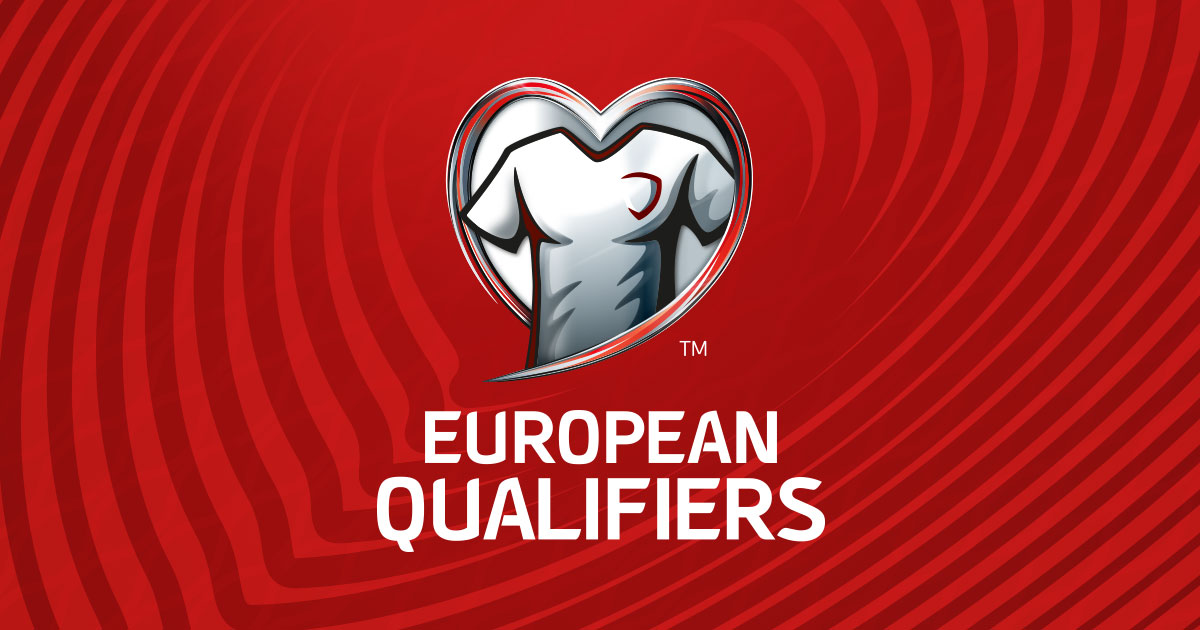The news of Lionel Messi signing a contract with Inter Miami and joining Major League Soccer (MLS) sent shockwaves across the United States. Even prominent political media outlets like The New York Times treated it as a monumental event, giving it the same attention as major political agreements.

However, Messi is not the first high-profile figure to make his way to North American soccer. In the 1970s, the New York Cosmos signed legends like Pele, Franz Beckenbauer, and Johan Neeskens. Unfortunately, the Cosmos project and the entire North American Soccer League (NASL) eventually succumbed to economic issues in the early 1980s.
Beckham’s Arrival: A Catalyst for MLS Growth
The MLS, often considered the successor to the NASL, faced a similar fate until it found a redeemer in the form of David Beckham. When the MLS launched in 1996, the initial response was somewhat sceptical. The league needed a figure who could elevate soccer’s popularity beyond a niche audience and significantly boost a still-fragile project. In 2007, Beckham’s arrival in Los Angeles, signing with the Galaxy, proved to be the catalyst the league desperately needed.
During Beckham’s tenure in the MLS, the number of teams grew from 12 to 29, and the entry fee skyrocketed from $10 million to $320 million. According to the players ‘ union, the average player’s salary increased by 500 per cent. However, when Beckham joined the league, it was evident that the existing wage structure needed to be revised. Beckham himself was the second-highest-paid player globally, earning $29.1 million per year, which exceeded the combined wage bill of all 12 MLS teams at that time, capped at $1.9 million per club.
The MLS needed to change its rules to attract Beckham’s calibre players. Timothy J. Leiweke, a prominent American businessman and president of AEG, which owned the Galaxy and multiple other MLS clubs, spearheaded this transformation. Leiweke advocated for a rule change that allowed each team to sign one designated player whose salary would not count against the salary cap.
The “Beckham Rule”
This groundbreaking provision soon became known as the “Beckham rule.” It opened the doors for European stars to join MLS, and players like Robbie Keane, Thierry Henry, Wayne Rooney, Bastian Schweinsteiger, Zlatan Ibrahimovic, and Gareth Bale followed in Beckham’s footsteps. Over the years, the “Beckham rule” has evolved to allow three designated players per team, and MLS clubs have signed nearly 250 contracts under this framework.
Beckham’s Legacy and Messi’s Arrival
Without Beckham’s influence, the arrival of Messi in MLS would have been improbable. It is symbolic that the Argentine maestro chose a club co-founded and owned by an Englishman. Beckham’s impact on US football cannot be overstated. He transformed the MLS into a destination for global stars, forever changing the perception and course of soccer in the United States. His legacy paved the way for future legends like Messi to make their mark in American soccer. As the MLS continues to grow, Beckham’s contribution remains an essential chapter in the league’s history.








